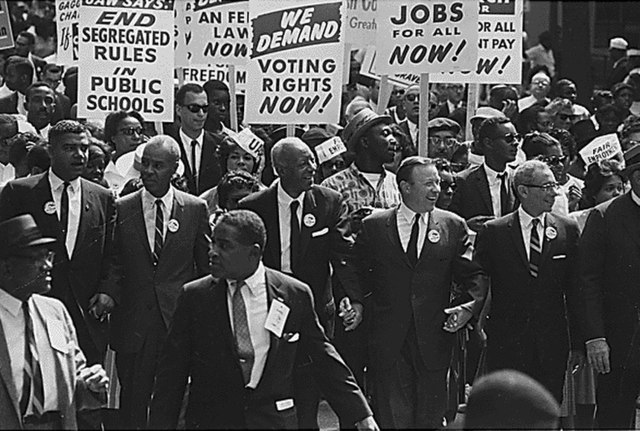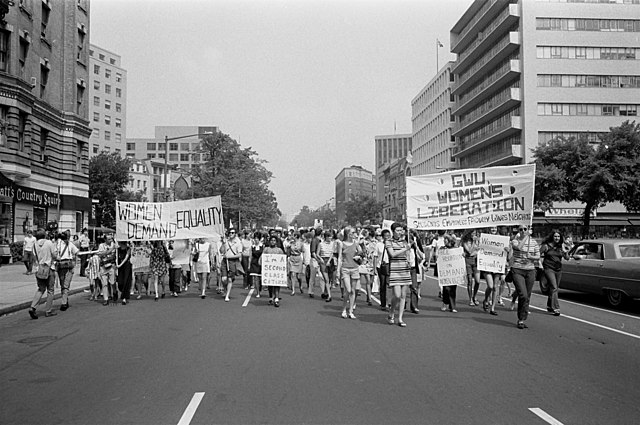Internet activism involves the use of electronic-communication technologies such as social media, e-mail, and podcasts for various forms of activism to enable faster and more effective communication by citizen movements, the delivery of particular information to large and specific audiences, as well as coordination. Internet technologies are used by activists for cause-related fundraising, community building, lobbying, and organizing. A digital-activism campaign is "an
organized public effort, making collective claims on a target authority, in which civic initiators or supporters use digital media." Research has started to address specifically how activist/advocacy groups in the U.S. and in Canada use social media to achieve digital-activism objectives.

Professor Burdett Loomis from the University of Kansas spoke at @america via DVC on Tuesday, September 25, in front of a crowd of university students majoring in communications and connected to five American Corners via Webchat. Professor Loomis traced the evolution of the use of media as a political tool during elections and questioned the actual influence of media on voters.
Image: Black Lives Matter, Rome
Image: Sofaaktivismi
Activism consists of efforts to promote, impede, direct or intervene in social, political, economic or environmental reform with the desire to make changes in society toward a perceived greater good. Forms of activism range from mandate building in a community, petitioning elected officials, running or contributing to a political campaign, preferential patronage of businesses, and demonstrative forms of activism like rallies, street marches, strikes, sit-ins, or hunger strikes.
Barricade at the Paris Commune, March 1871.
Civil rights activists at the March on Washington for Jobs and Freedom during the civil rights movement in August 1963.
A women's liberation march in Washington, D.C., August 1970.
The longest running peace vigil in U.S. history, started by activist Thomas in 1981







